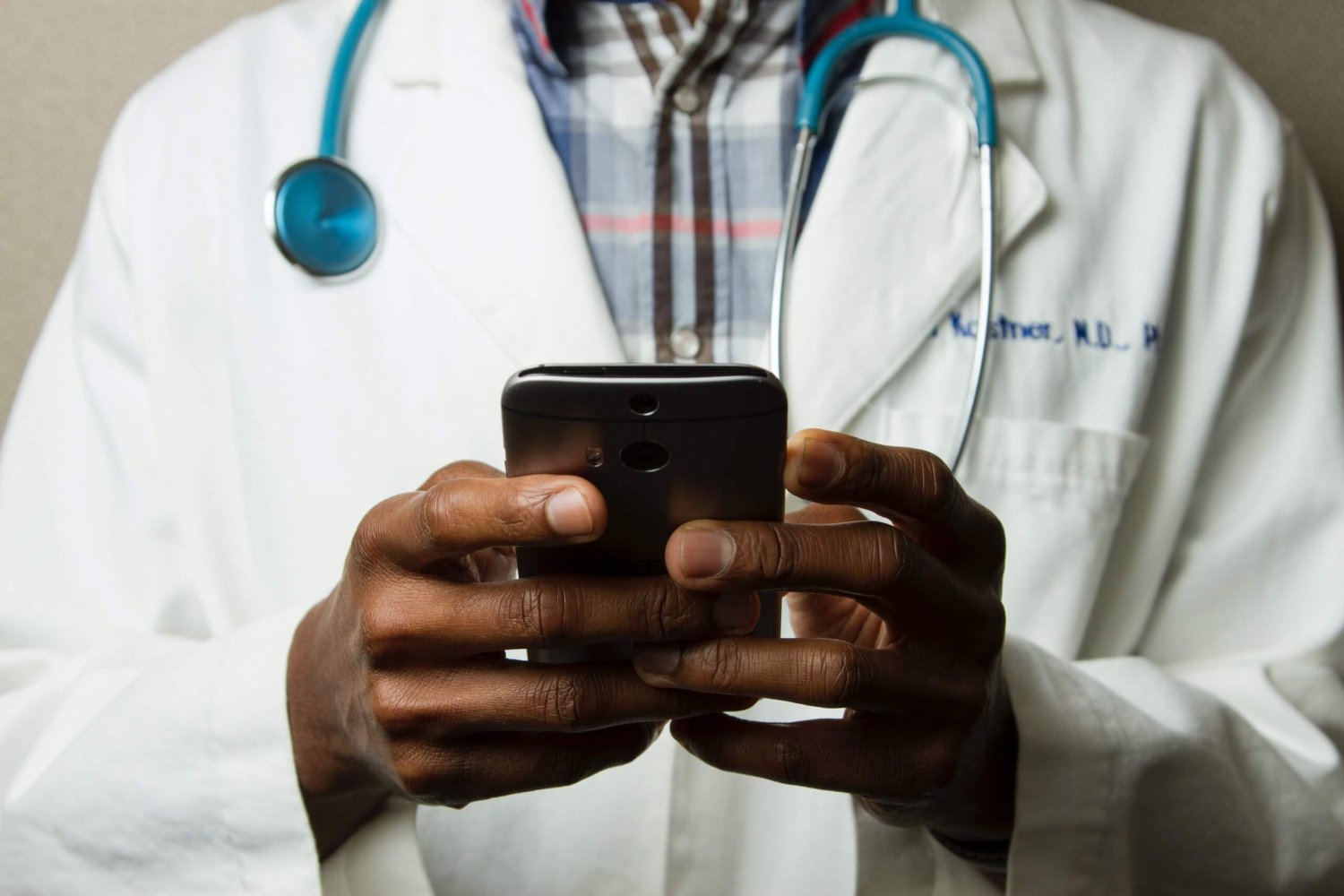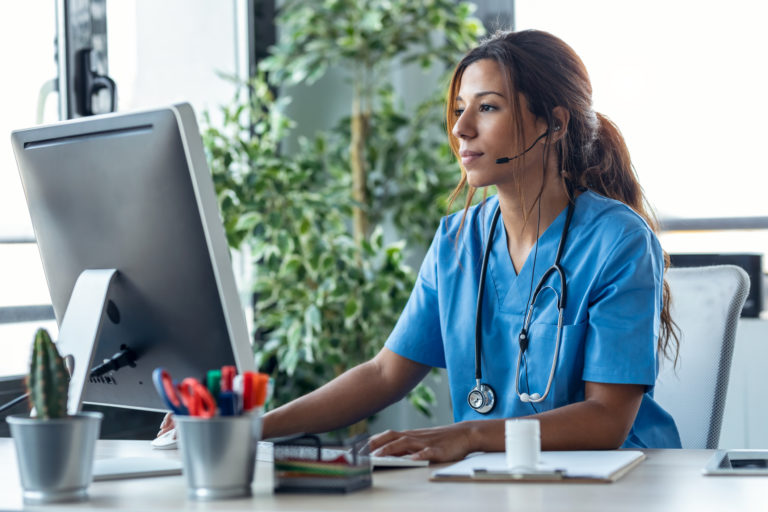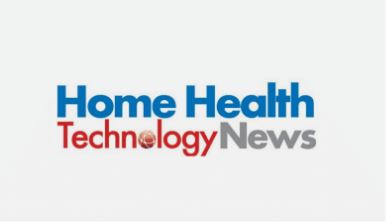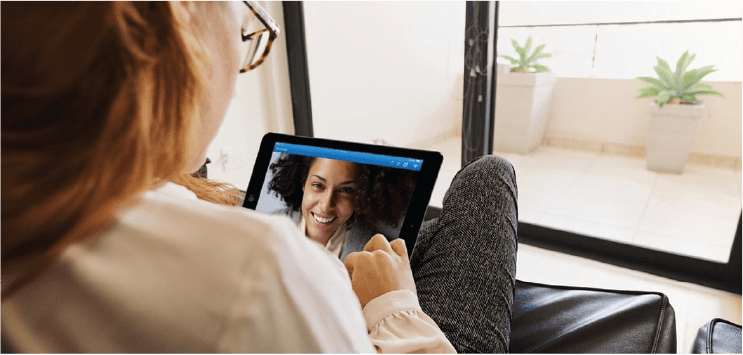Telehealth has exploded since COVID-19, and according to the CDC, telehealth visits have accounted for up to 30% of total care provided in some locations. A large percentage of providers are still encouraging patients to schedule virtual visits, and increasingly more patients have realized the convenience and safety of virtual care. Practically every medical discipline has been able to leverage telehealth to some extent, with many providers combining telehealth and remote patient monitoring into their care capabilities.
While providers, patients and insurance carriers now widely accept telehealth as an acceptable care channel in certain circumstances, the question of whether virtual care can replace in-person visits always arises. Are telehealth and remote patient monitoring simply a stopgap until the pandemic subsides or has its more recent broad adoption revealed a growing need for more provider and patient care options?
What Is Telehealth?
Telehealth is the use of electronic information and telecommunication technologies to provide care when patients and the doctor aren’t in the same place at the same time. The only technology required for access is a phone or a device with internet access.
Hospitals, emergency rooms, clinics, private practices, and other healthcare facilities utilize telehealth technology to connect with patients and other doctors remotely. And nearly every specialty can leverage telehealth’s benefits, including neurology, cardiology, psychiatry, ICU, pulmonology, and palliative.
Related: Remote Patient Monitoring Devices: A Lifeline for Care Continuity
When people think of telehealth, they often think only of a video screen, where doctor and patient can discuss symptoms and manage care. That more accurately describes telemedicine. Telehealth is a bit different but along the same lines. Advancing technology makes it possible for providers to do much more than use a video call to diagnose a medical condition. They can monitor patients in real-time, receive and share patient data, and use patient-centered tools remotely as if they were in the room with the patient. Remote patient monitoring via telehealth is opening up an entirely new virtual frontier.
What Is Remote Patient Monitoring?
One of the most concise definitions for remote patient monitoring we found was from LeadingAge, the association of nonprofit providers of aging services. “Remote patient monitoring is a type of home telehealth that enables patient monitoring as well as the transfer of patient health data to a health care provider. To capture data, these technologies use a variety of wired or wireless peripheral measurement devices such as blood pressure cuffs, scales, and pulse oximetry, and they are most often used after a hospital discharge or between routine office visits.”
The patient data collected from these technologies in the patient’s home can be easily and quickly transferred to a health care provider, enabling them to review the information and follow up with the patient or other members of the care team. In some cases, depending on the type of remote patient monitoring technology, the system will automatically flag abnormal readings or patient responses and alert clinicians.
For in-patient situations, providers can use telehealth technology to diagnose and monitor patients without entering their room. Whether the patient is contagious, there is an onsite staffing shortage, or the patient needs a specialist a thousand miles away, telehealth and remote patient monitoring enables caregivers to track patient vitals and other information to provide quality care remotely.
7 Benefits of Telehealth and Remote Patient Monitoring on Health Outcomes
The remote patient monitoring market is projected to skyrocket to $117 billion by 2025 from $23 billion in 2020. At a CAGR of 38% in five years, it appears that remote patient monitoring is the future of medicine.
Related: Ease of Use Driving Telehealth Adoption in 2021 and Beyond
While there are many benefits of remote patient monitoring and telehealth, we’ve summarized seven of them.
Greater Healthcare Access
No matter where a patient or provider is located, telehealth and remote patient monitoring allow them to connect virtually, eliminating geographical barriers to care.
Greater Provider Capacity
Providers can keep their schedules open for patients who require more emergent or in-person care, monitoring remote patients throughout their day.
Less Risk Exposure
When patients can remain at home to receive care, they do not need to go to the ER or a provider’s office where they could be exposed to infectious patients.
Fewer Hospital Readmissions
Studies show that remote patient monitoring results in a 38% reduction in hospital admissions, as providers can diagnose and treat many symptoms without hospitalization.
Greater Adherence to Treatment Plans
Patients who are regularly monitored by their provider are 13% more likely to follow their prescribed treatment plans, including taking the proper medications and dosages at the right time.
More Patient Involvement
The home health monitoring devices enable the patient to become an active participant in their care, understanding their vitals and treatment plan, and getting their questions answered easier and faster than waiting for an in-office appointment.
Happier Patients
Remote patient monitoring and telehealth enable patients to access quality care from the convenience of their home, avoid unnecessary trips to the hospital or provider office, stay safe, and save money, resulting in a 25% improved patient satsifaction rate.
Telehealth Use Case: Banner Health
In a HealthTech article, “Hospitals’ In-Room Cameras Enable Seamless Visits and Better Safety,” the practical use of telehealth is evidenced at Banner Health. With the dangers of COVID-19, the hospital system needed a more comprehensive solution than just using tablets to protect its doctors and nurses. They wanted to limit the need for nurses to enter a patient’s room to facilitate a telehealth session with a doctor.
Banner Health’s CEO reached out to VeeOne Health and Intel to convert existing televisions in 1,200 patient rooms into “virtual care endpoints,” using their existing screens to connect patients with doctors who can launch the telehealth visit from their tablets or smartphones.
According to the article, the solution involved “a telehealth hit with an Intel NUC Mini PC, a pan-tilt-zoom camera and a Jabra Speak 510 speakerphone. The kit connects to the patient’s room television with an HDMI cable, and the NUC runs VeeOne Health software.
Providers are now monitoring patients remotely any time of day or night without entering the room, even zooming in to see the patient or surrounding monitors up close. It’s like having the doctor in the room without having to expose them to the ill patient.
Extending Care Beyond The Hospital
With the Banner Health example in mind, it’s easy to see how patients who are sent home to recover can still be monitored by their care team. Hospitals can send patients home with one or more patient monitoring technologies to keep tabs on everything from their blood oxygen levels and blood pressure to their temperature and glucose levels.
Whether the patient is recovering from surgery, COVID-19, a medical emergency, or a chronic condition, remote patient monitoring technology enables care providers to access patient data in real-time, as well as see historical data to identify patterns. Telemedicine technology then connects providers with patients virtually. Together, these two technologies allow hospitals to provide a higher quality continuum of care for better patient outcomes.
Telehealth and remote patient monitoring is also effective for patient education and self-management. And when it comes to chronic conditions, being able to regularly track vitals and daily disease condition gives providers an opportunity to intervene early.
Technology is giving providers and patients incredible access and opportunity to improve outcomes in many cases. With connected devices and remote patient technology, healthcare as we know it is rapidly changing. As hospitals and private practices face staff and budget shortages, the senior population grows, and healthcare costs escalate, telehealth and remote patient monitoring could be a powerful solution to tough challenges.





